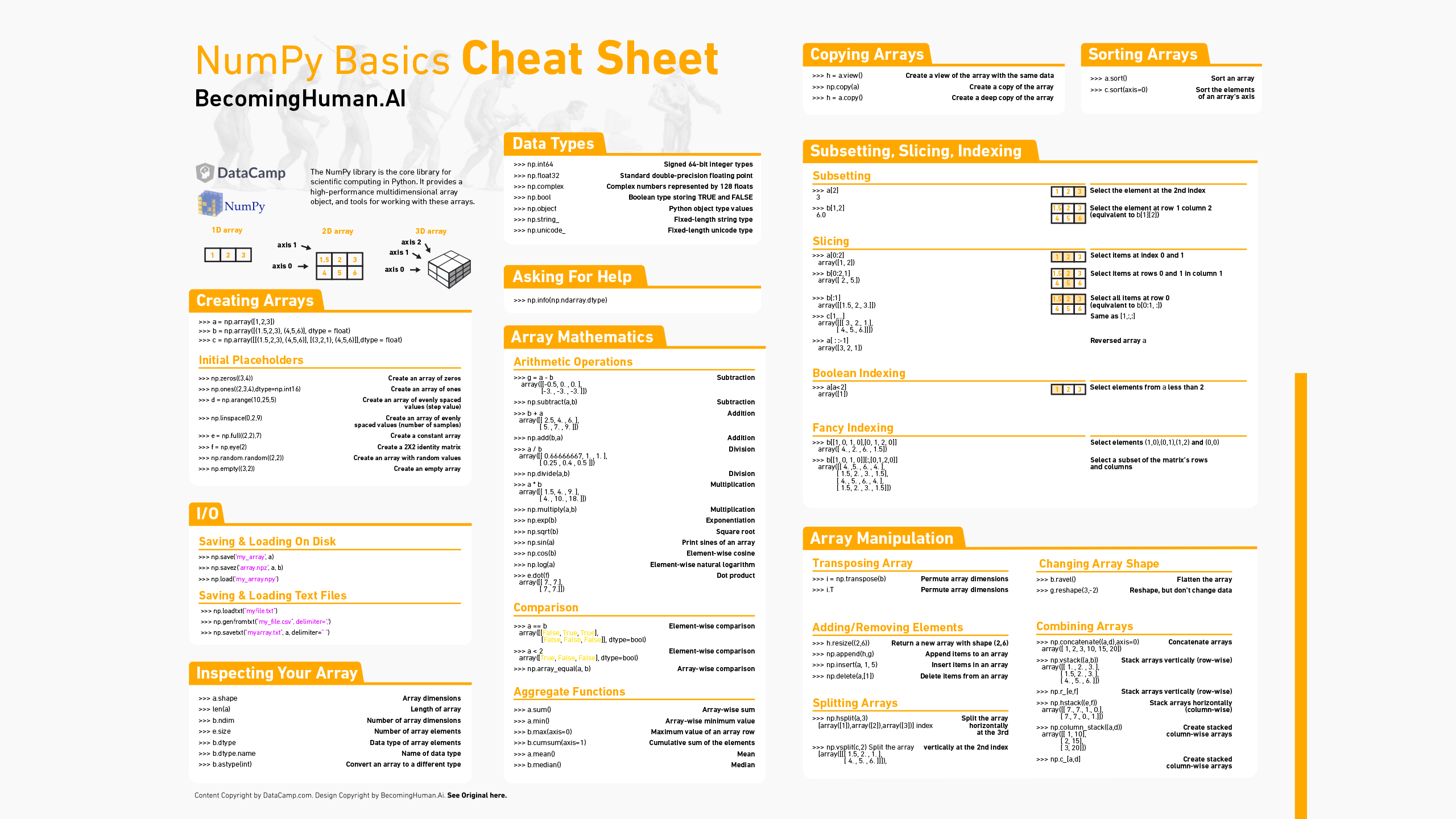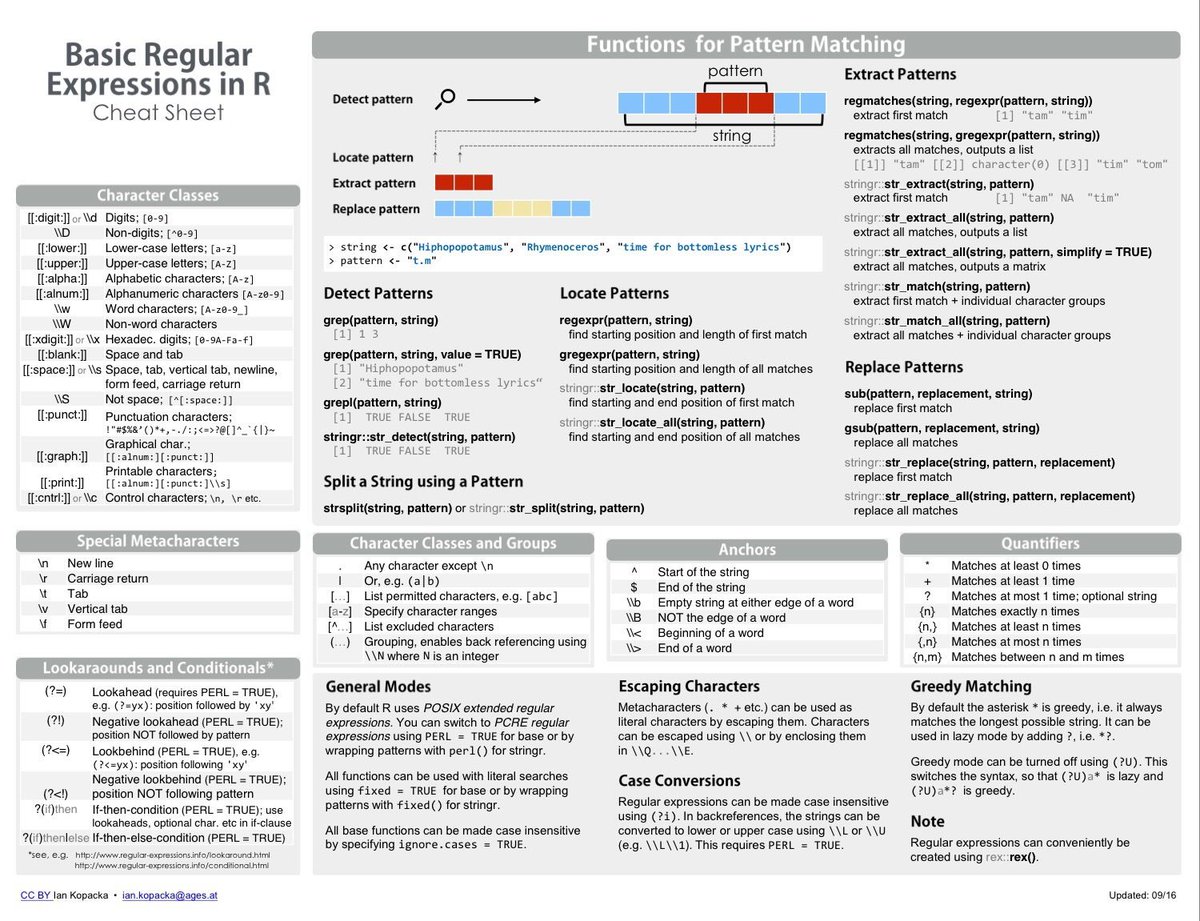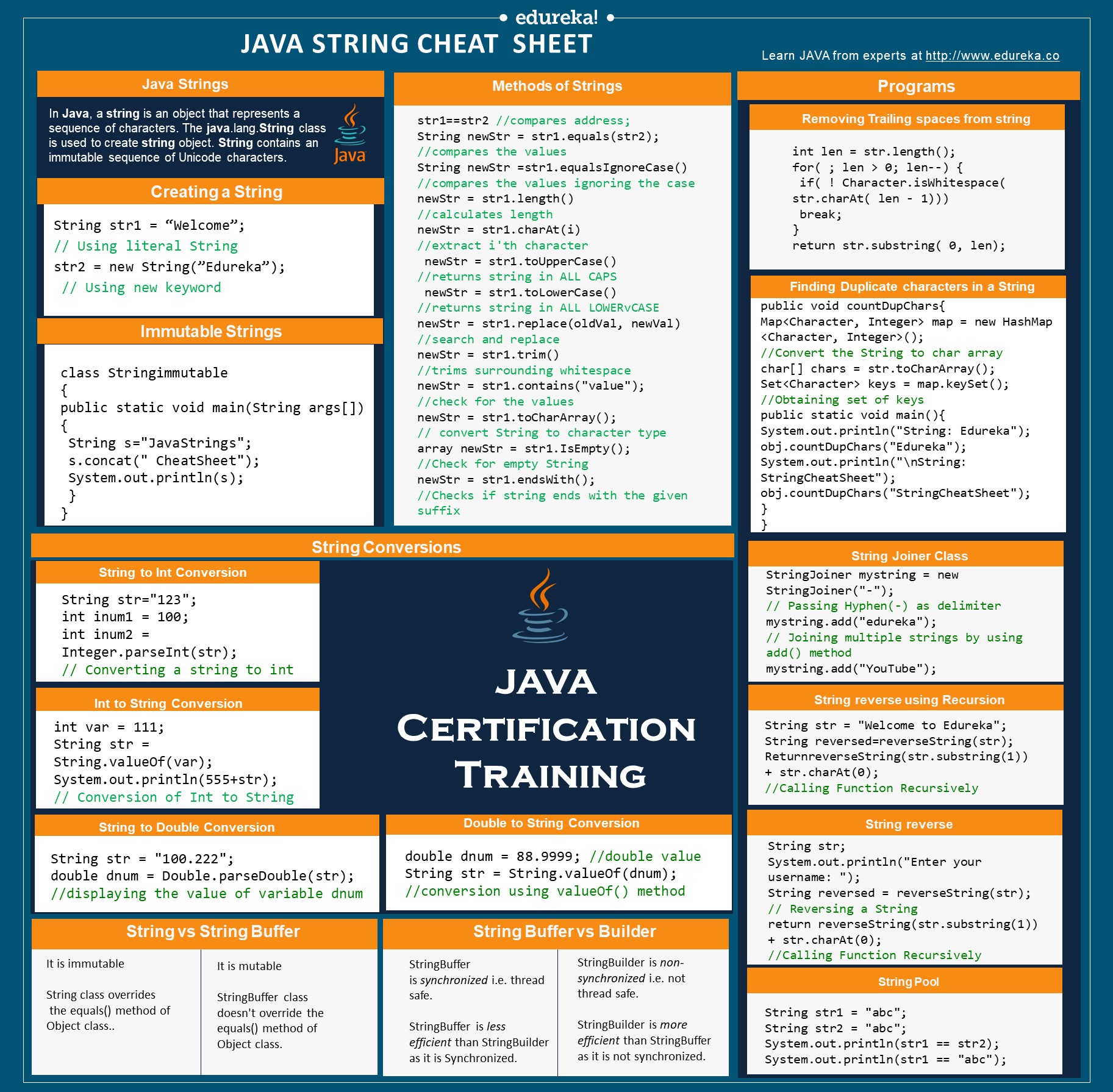- Basic vi commands (cheat sheet) By admin. Vi is one of the most commonly used editor program and included by default with every UNIX and linux system. Vi basically operates in 3 modes, namely: vi mode – the mode vi starts in.
- August 29th, 2017 A Seaborn cheat sheet with the five basic steps to create beautiful statistical graphs in Python. The data.table R Package Cheat Sheet.
- In R, and in programming in general, data types are the classifications that we give to different kinds of information pieces. Specifically, R provides the following basic data types: character, numeric, integer, logical, and complex. Each data type is used to represent some type of info - numbers, strings, boolean values, etc.
- The R Markdown cheatsheet can be accessed from within RStudio by selecting Help Cheatsheets R Markdown Cheat Sheet. Additional Resources. RStudio has published a few in-depth how to articles about using R Markdown.
vi is one of the most commonly used editor program and included by default with every UNIX and linux system. vi basically operates in 3 modes, namely :
- vi mode – the mode vi starts in
- command mode – you can be in command mode from the vi mode by pressing the key colon (“:”)
- input mode – in this mode user starts the actual editing of the text
Below are some of the most commonly used vi commands in all 3 modes of operation.


vi mode commands
| Command | Action |
|---|---|
| k | Move one line upwards |
| l | Move one character to the right |
| h | Move one character to the left |
| w | Move one word to the right |
| W | Move one word to the right past punctuation |
| b | Move one word to the left |
| B | Move one word to the left past punctuation |
| e | Move to the end of the current word |
| 1G | Move to the beginning of the file |
| H | Move to the top of the current screen |
| M | Move to the middle of the current screen |
| L | Move to the bottom of the current screen |
| Ctrl-G | Move to the last line in the file |
| Ctrl-F | Move one screen towards the end of the file |
| Ctrl-D | Move 1/2 screen towards the end of the file |
| Ctrl-B | Move one screen towards the beginning of the file |
| Ctrl-U | Move 1/2 screen towards the beginning of the file |
| Ctrl-L | Refresh the screen |
| 5G | Move to line 5 of the file (5 can be any line number) |
| /string | Find text string forward |
| ?string | Find text string backward |
| n | Find forward next string instance after a string search |
| N | Find backward next string instance after a string search |
| ZZ | Save the file exit vi |
| x | Delete the character at the cursor |
| X | Delete the character behind the cursor |
| dd | Delete the line the cursor is on |
| 10dd | Delete the 10 lines following the cursor |
| yy | Yank the current line |
| p | Put the yanked line below the current line |
| P | Put the yanked line above the current line |
Barplot: Makes a bar plot. Jitter: Adds a small value to data (so points don’t overlap on a plot). Rug: Adds a rugplot to an already-made plot. Polygon: Adds a shape to an already-made plot. Points: Adds a scatterplot to an already-made plot. Mtext: Adds text on the edges of an already-made plot.
Command mode commands
| Command | Action |
|---|---|
| :g/X/s//x/g | Global Search and replace (X=search object x=replace object) |
| :r file | Import a file into the current file |
| :34 r file | Import a file into the current file after line 34 |
| :w | Write out the file to save changes |
| :w file | Write the file to named file |
| :wq | Save the file exit vi |
| :w! | Force save the file |
| :q! | Quit vi but don’t save changes |
Input mode commands
| Command | Action |
|---|---|
| a | Insert characters to the right of the cursor |
| A | Append characters to the current line |
| i | Insert characters to the left of cursor |
| I | Insert characters at the beginning of the current line |
| o | Add a new line after current line |
| O | Insert a new line above the current line |
I reproduce some of the plots from Rstudio’s ggplot2 cheat sheet using Base R graphics. I didn’t try to pretty up these plots, but you should.
I use this dataset
The main functions that I generally use for plotting are
- Plotting Functions
plot: Makes scatterplots, line plots, among other plots.lines: Adds lines to an already-made plot.par: Change plotting options.hist: Makes a histogram.boxplot: Makes a boxplot.text: Adds text to an already-made plot.legend: Adds a legend to an already-made plot.mosaicplot: Makes a mosaic plot.barplot: Makes a bar plot.jitter: Adds a small value to data (so points don’t overlap on a plot).rug: Adds a rugplot to an already-made plot.polygon: Adds a shape to an already-made plot.points: Adds a scatterplot to an already-made plot.mtext: Adds text on the edges of an already-made plot.
- Sometimes needed to transform data (or make new data) to make appropriate plots:
table: Builds frequency and two-way tables.density: Calculates the density.loess: Calculates a smooth line.predict: Predicts new values based on a model.
All of the plotting functions have arguments that control the way the plot looks. You should read about these arguments. In particular, read carefully the help page ?plot.default. Useful ones are:
main: This controls the title.xlab,ylab: These control the x and y axis labels.col: This will control the color of the lines/points/areas.cex: This will control the size of points.pch: The type of point (circle, dot, triangle, etc…)lwd: Line width.lty: Line type (solid, dashed, dotted, etc…).
Discrete
Barplot
Different type of bar plot
Continuous X, Continuous Y
Scatterplot
Jitter points to account for overlaying points.
Add a rug plot
Add a Loess Smoother


Loess smoother with upper and lower 95% confidence bands
Loess smoother with upper and lower 95% confidence bands and that fancy shading from ggplot2.
Add text to a plot
Discrete X, Discrete Y
Mosaic Plot
Color code a scatterplot by a categorical variable and add a legend.
par sets the graphics options, where mfrow is the parameter controling the facets.
R Basics Cheat Sheet Printable
The first line sets the new options and saves the old options in the list old_options. The last line reinstates the old options.
Basic R Commands Cheat Sheet
This R Markdown site was created with workflowr
